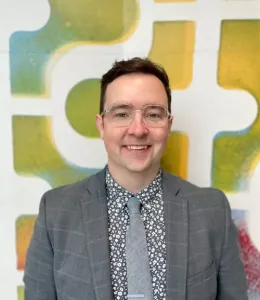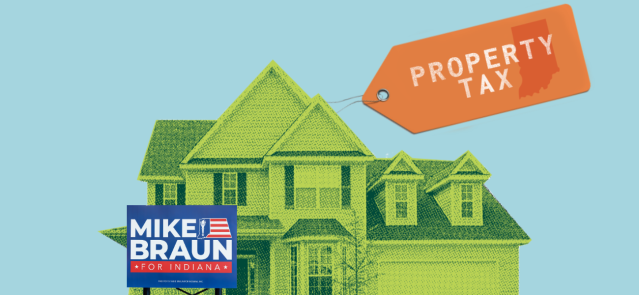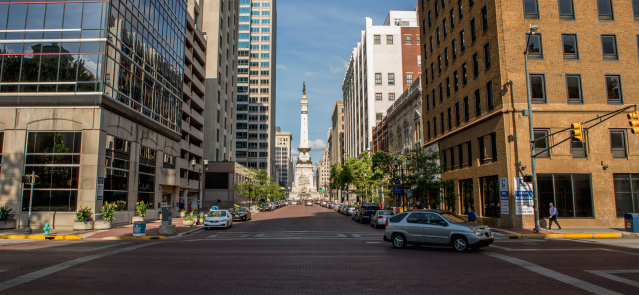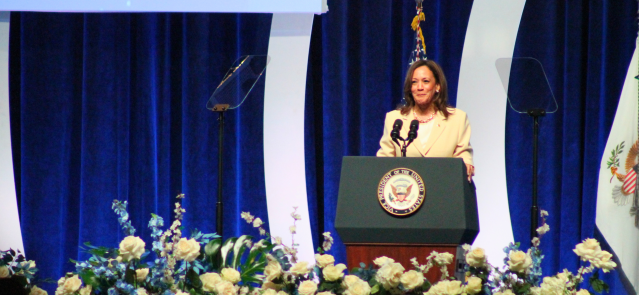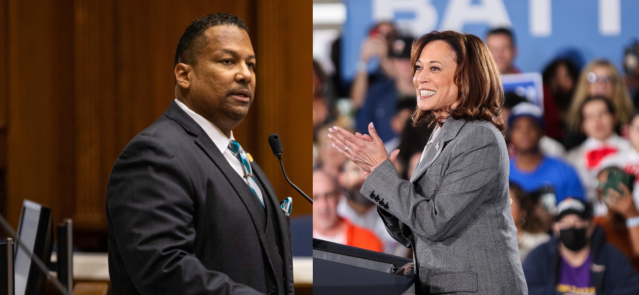Stay ahead of the curve as a political insider with deep policy analysis, daily briefings and policy-shaping tools.
Request a DemoIndiana’s 988 hotline is helping people in crisis or struggling with thoughts of suicide
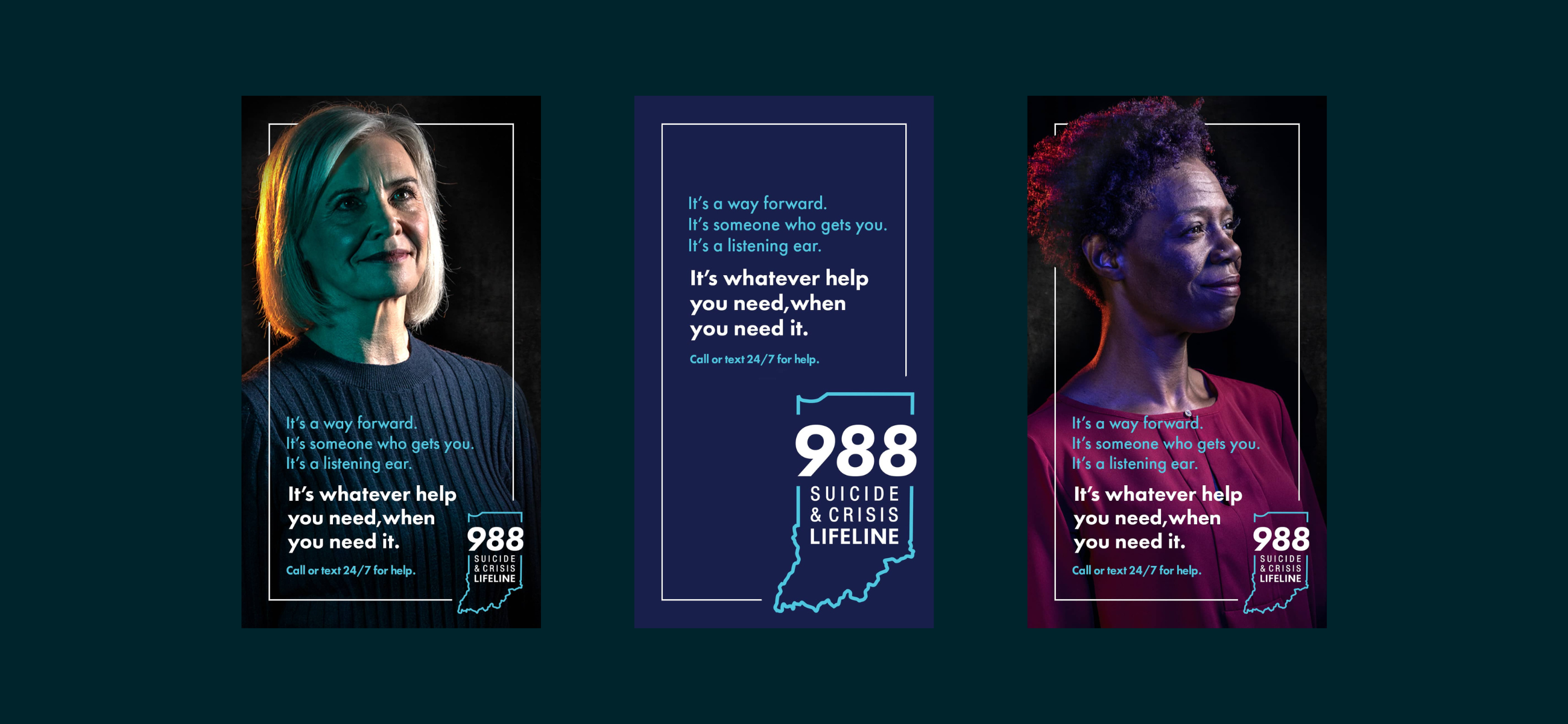
Indiana’s 988 Suicide and Crisis Lifeline launched last year and is already receiving more than 3,000 calls per month. (Credit: Indiana FSSA)
The Gist
Indiana’s 988 Suicide and Crisis Lifeline is already receiving more than 3,000 calls per month a little more than a year after its launch, according to the Indiana Family and Social Services Administration, and more than 90% of the calls are being answered by trained Hoosiers.
The state agency provided an update this week in part to raise awareness for National Suicide Prevention Month.
What’s Happening
The 988 hotline is a free resource for people who are experiencing a crisis. Callers can receive a supportive ear on the call as well as resources to help.
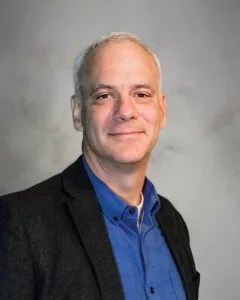
That’s why state officials want to have as many calls as possible answered by people who live in Indiana. While the calls are being backstopped by people working nationally, the people working in Indiana’s five call centers can more easily connect callers to in-person resources to help with whatever is contributing to the crisis, such as a lack of food or housing.
Indiana’s answer rate of more than 90% since November is leading the nation, according to state officials.
A caller’s average wait time is about 10 seconds, said Kara Biro, Family and Social Services Administration state director of behavioral health crisis care, and the average call lasts 12 to 20 minutes.
The hotline, launched in Indiana last July, is just the first step in a larger vision. The state is steadily building a three-part crisis system that also includes mobile crisis teams to respond to calls for help and crisis stabilization units where people can go for up to 23 hours at a time to receive care.
“We are marching toward a time where individuals in crisis, regardless of day, time or location, have someone to call, someone who can respond, and a safe place to help,” Family and Social Services Administration Secretary Dr. Daniel Rusyniak said.
Why It Matters
Indiana has long struggled with an above average number of suicide deaths, lower life expectancy driven by excessive substance use and a rapidly increasing number of drug overdoses.
As a result, Indiana is persistently ranked as one of the worst states by the nonprofit Mental Health America when it comes to mental health treatment.
But, almost quietly, change appears to be on the horizon. And maybe even hope.
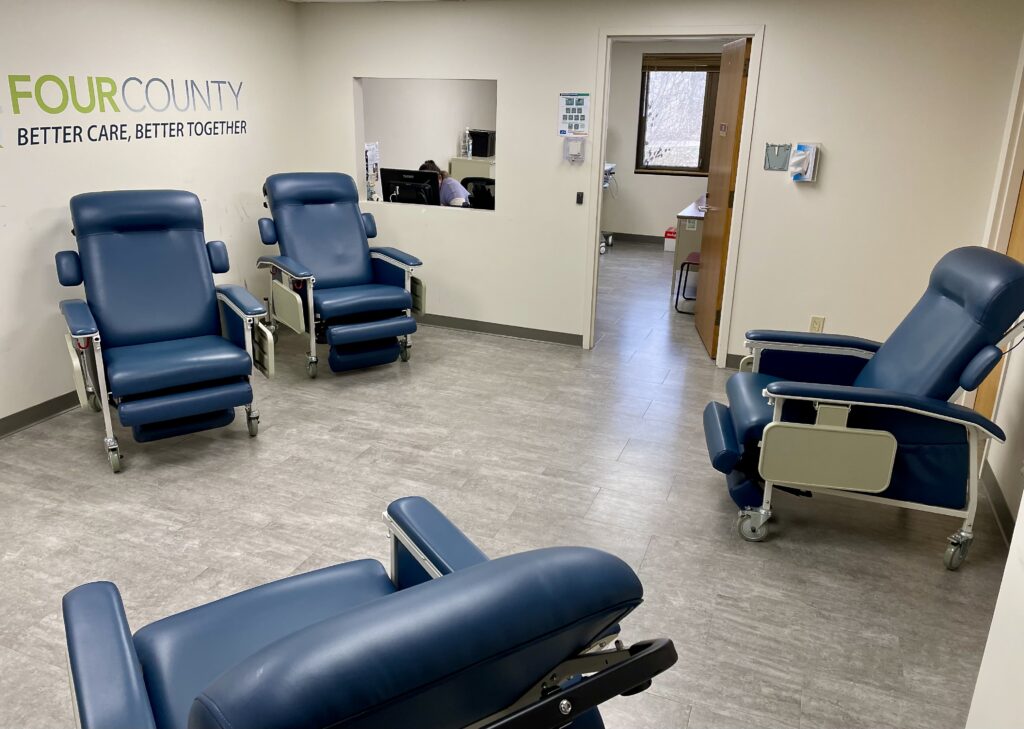
During the last legislative session, Indiana lawmakers poured $100 million in new money over two years into mental health treatment.
That amounted to less than half of what experts say is needed to fully address the crisis. At least $130.6 million per year would be needed, according to a 2022 estimate by the state.
But an additional $50 million per year was still celebrated by Gov. Eric Holcomb and mental health advocates — who all noted that the three-part crisis system will not be built overnight anyway.
And that’s on top of the more than $100 million that the federal government sent Indiana to kickstart the creation of the three-part crisis system.
What’s Next
In June, state officials awarded a combined $57 million in federal American Rescue Plan dollars to community mental health centers in 15 counties to expand the services they provide to people in crisis.
Stabilization units, in particular, were the focus of the grants.

“These are physical locations — a safe place for help — where individuals in crisis will be stabilized and connected with follow up care,” Jay Chaudhary, director of the state’s Division of Mental Health and Addiction, said at the time. “Too many Hoosiers today in behavioral health crises end up in a jail or in the emergency department.”
Meanwhile, the Family and Social Services Administration is on track to apply for what’s called a Medicaid demonstration program. If approved, mental health providers would receive greater Medicaid reimbursements, which advocates say would make it far easier to implement and expand the services they can provide to Hoosiers who need mental health treatment. The state is facing a March 2024 deadline to apply, officials confirmed this week.
And the state is still hoping for statewide coverage of the three-part crisis system by 2027.
As for the 988 hotline, state officials are hoping to increase accessibility to people who don’t speak English or who are deaf or hard of hearing.
If you or someone you know is in crisis, please call the 988 Suicide and Crisis Lifeline, which has trained listeners standing by and ready to help. Visit 988indiana.org for crisis services or for more information. Visit the Indiana Suicide Prevention website for resources.
Contact Ryan Martin on X, Facebook, Instagram, LinkedIn, or at [email protected].
Facebook @stateaffairsin
Instagram @stateaffairsin
LinkedIn @stateaffairs
Header image: Indiana’s 988 Suicide and Crisis Lifeline launched last year and is already receiving more than 3,000 calls per month. (Credit: Indiana Family and Social Services Administration)
4 things to know about Braun’s property tax proposal
Sen. Mike Braun, the Republican candidate for Indiana’s governor, released a plan for overhauling property taxes Friday morning that would impact millions of Hoosiers, Indiana schools and local governments. “Nothing is more important than ensuring Hoosiers can afford to live in their homes without being overburdened by rising property taxes driven by rapid inflation in …
Bureau of Motor Vehicles looks to add new rules to Indiana’s driving test
The Bureau of Motor Vehicles wants to amend Indiana’s driving skills test, putting “existing practice” into administrative rule. Indiana already fails drivers who speed, disobey traffic signals and don’t wear a seatbelt, among other violations. Yet the BMV is looking to make the state’s driving skills test more stringent. A proposed rule amendment looks to …
In Indianapolis, Harris says she’s fighting for America’s future
Vice President Kamala Harris, the presumptive Democratic presidential nominee, told a gathering of women of color in Indianapolis on Wednesday that she is fighting for America’s future. She contrasted her vision with another — one she said is “focused on the past.” “Across our nation, we are witnessing a full-on assault on hard-fought, hard-won freedoms …
Indiana Black Legislative Caucus endorses Harris, pledges future support
The Indiana Black Legislative Caucus unanimously voted Wednesday to endorse Vice President Kamala Harris’ presidential run and will look at ways to assist her candidacy, the caucus chair, state Rep. Earl Harris Jr., D-East Chicago, told State Affairs. The caucus is made up of 14 members of the Indiana General Assembly, all of whom are …
